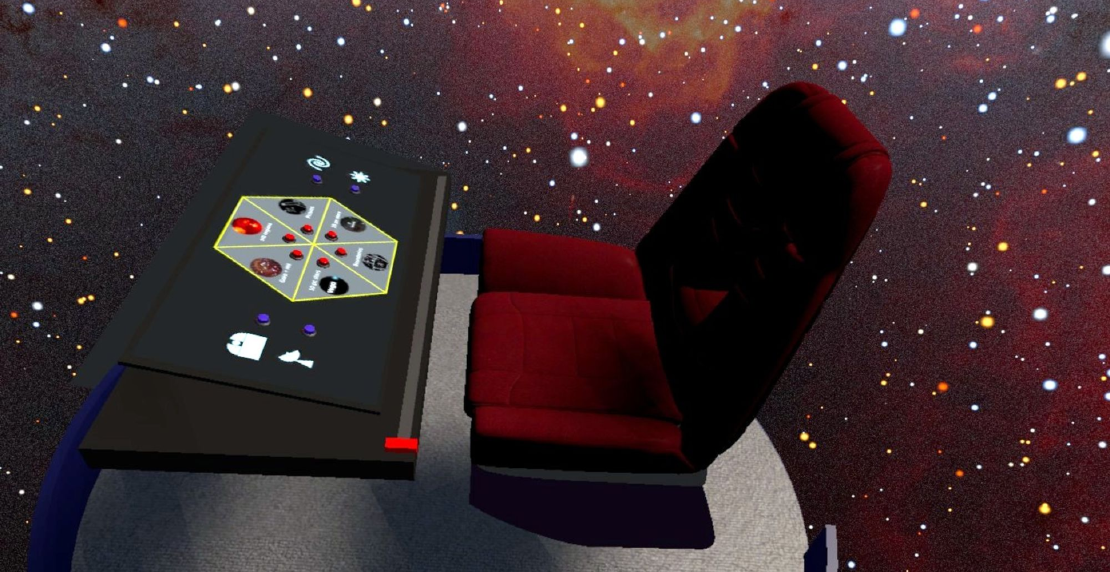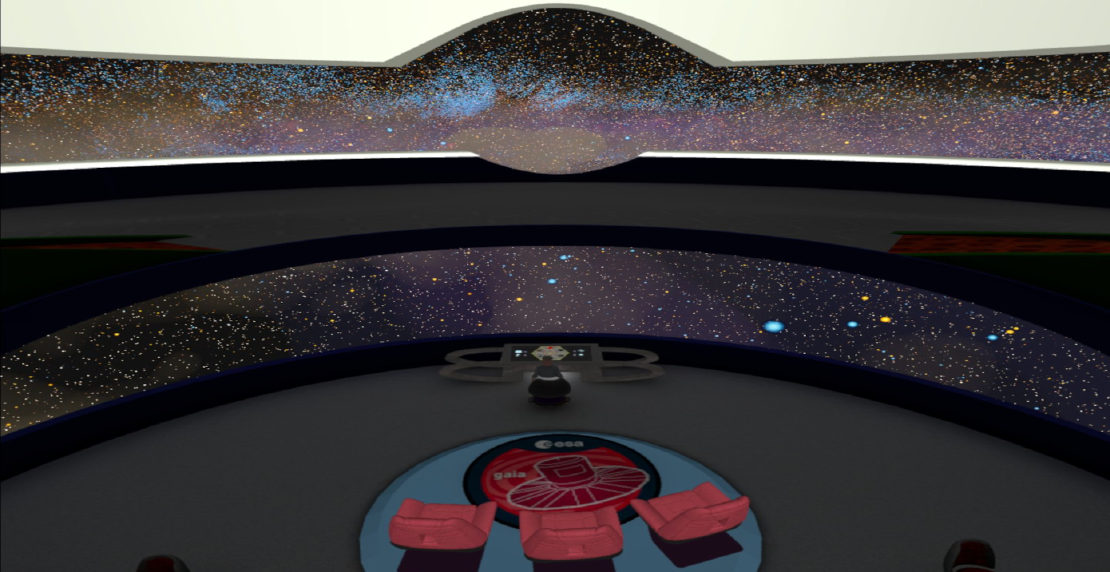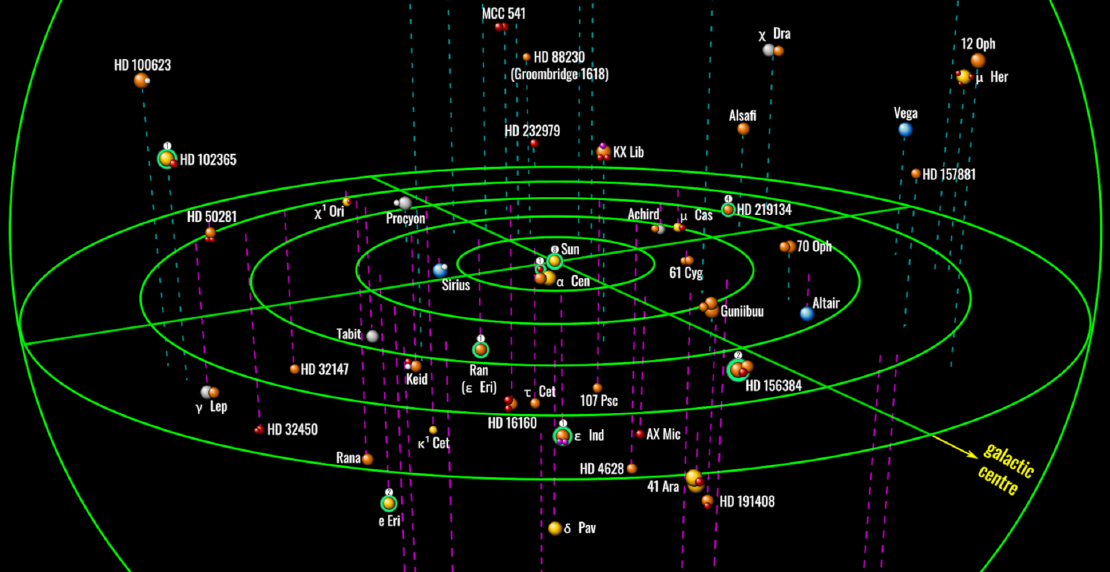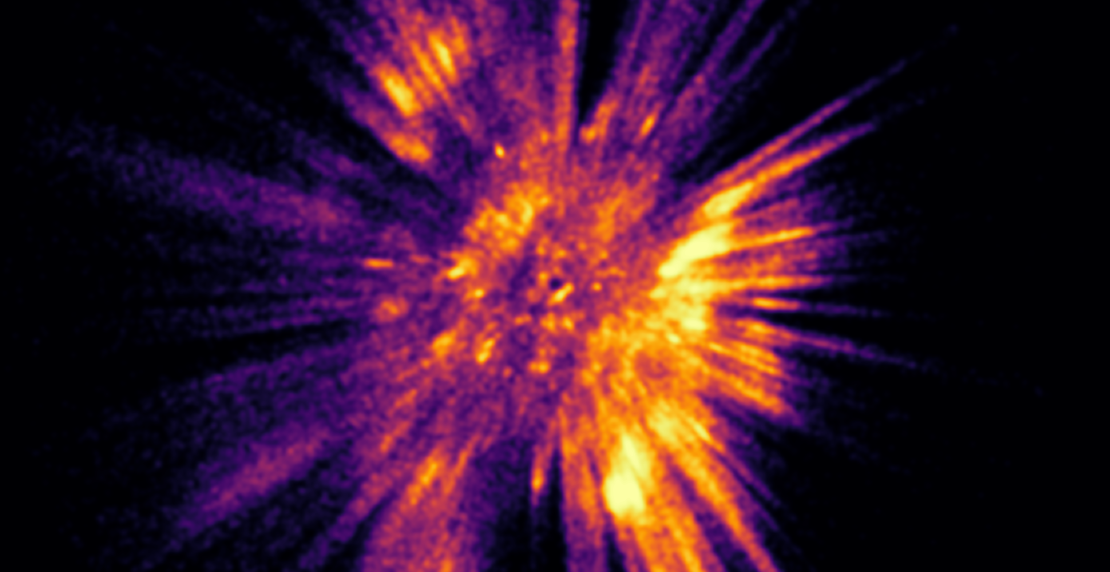Building an audience in VR
I’ve just created a new version of my virtual starship: the Comfy Chair edition. This is a single person seated version of the starship that can be operated entirely using hand tracking. No controllers required!
Like its bigger multiuser cousin, the Comfy Chair edition has a built in presentation system that includes JSON timestamp files that can load skyboxes in multiple wavelengths from hydrogen-alpha to gamma rays and (in the final version) from 40 locations around the Milky Way. Skyboxes can be rotated to face a specific direction and you can overlay text, circle objects, play audio sound tracks, display images and videos and even run a wormhole animation.
A visionary institution willing to provide funding would have access to tools to create a new kind of immersive VR channel.
The presentation system is important because one of the problems facing the VR industry is user retention. Too many people are buying VR headsets, playing games for a few months, and then putting the headset into a dark closet.
The most successful multiplayer VR game, Walkabout Mini Golf, solves this problem by releasing a new course every couple of months.
But VR is about more than playing games. It’s also a new mass medium - in many ways the successor to TV and video. People have put up a few VR “shows” like museum tours and reworked 3D David Attenborough clips. But no one has actually created a widely viewed VR channel yet. The presentation tools in the virtual starship make creating regular immersive astronomy VR presentations a lot easier.
It would take some funding and a few months of development to finish the starship. A visionary institution willing to provide that funding would have access to tools to create a new kind of immersive VR channel and possibly build a large audience for science outreach.
Related Posts
The Virtual Starship
Traditionally astronomers have represented their data as two-dimensional images, often as Hammer-Aitoff projections of Earth’s sky. This tradition has continued even into the age of Gaia, which has provided us with vast 3D data sets.
Read moreGamifying the Nearest Stars
A long time dream of mine has been to have access to a catalog of all the nearest stars and brown dwarfs, with all their properties: temperature, size, mass and exoplanets.
Read moreMRI Scans of the Milky Way
The European Space Agency’s Gaia Mission has surveyed the 3D positions of almost 2 billion stars, creating a point cloud that looks more like a sand storm in the Sahara desert than a traditional star map.
Read more


